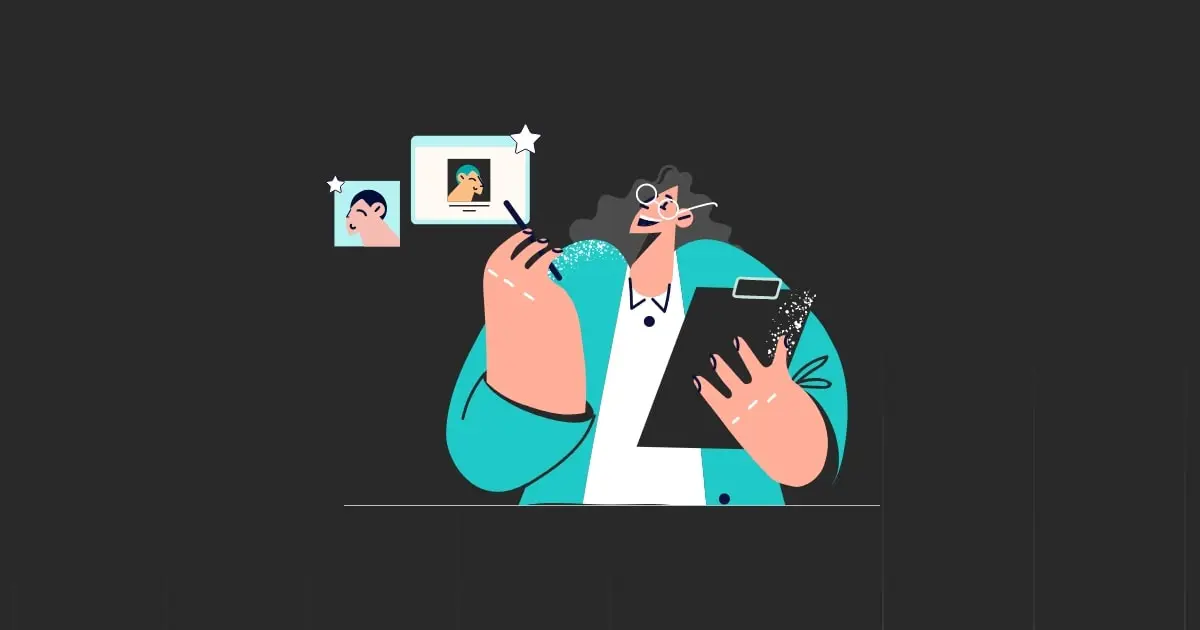The pharmaceutical industry is undergoing a seismic shift. Economic constraints, stricter regulations, evolving competitive dynamics, and ever-rising market demands fundamentally disrupt traditional commercial training models. As these pressures rise, the necessity for a transformative approach to learning and development (L&D) becomes undeniable.
This transformation creates an intricate training challenge for L&D leaders. Commercial training teams must demonstrate heightened sophistication in high stakes, fixed timelines, and evolving demands. As L&D leaders in this dynamic environment, you face the crucial task of ensuring optimal team preparedness. The urgency stems from factors such as:
- Intense Time Constraints: New product launches, regulatory updates, and strategic meetings necessitate rapid knowledge transfer under inflexible deadlines.
- Evolving Business Needs: You must continuously adapt programs to support shifting commercial goals.
- Stakeholder Dynamics: Collaboration and alignment across diverse stakeholders are critical for success.
- Technology Integration: Seamlessly incorporating new technologies into learning and performance support is an ongoing challenge.
The consequences of subpar commercial training are high in the pharma sector. Addressing the following pain points is imperative to empower your teams for success, even under immense pressure.
Agile Training: The Answer to Tight Deadlines
Challenge: Robust training programs are essential in the pharmaceutical industry. Yet, time constraints force L&D teams to operate under extraordinary pressure. Last-minute revisions and the MLR (medical, legal, and regulatory) review process can derail timelines, hindering the strategic and innovative approaches necessary for effective commercial training.
Solution: L&D leaders must embrace agile methodologies in their learning design and development process to combat this. Aptitude Research reports that 67% of companies are increasing their spending on learning and development initiatives this year. Partnering with reliable teams and agencies empowers you to deliver high-quality training that aligns with rapidly evolving commercial training needs, even within tight deadlines.
Options Overload: Navigate the Maze of Online Training Tools
Challenge: The sheer volume of online training options has become overwhelming for L&D leaders in the pharma industry. While online learning is now vital, identifying the most suitable authoring tools, delivery platforms, and technologies remains complex. The abundance of choices, each claiming to be the most cost-effective, creates a decision-making bottleneck.
Solution: L&D leaders must adopt a strategic approach to find the right online training solutions. Here’s how:
- Define Goals: Clearly articulate the specific objectives you aim to achieve with each tool or platform.
- Identify Constraints: Understand your IT infrastructure, budget limitations, potential technical hurdles, and ease-of-use requirements.
- Prioritize Reliability: Evaluate the dependability of the technology to ensure a smooth learning experience.
Focusing on these factors allows you to systematically filter choices, balancing quality, cost, and alignment with your precise training needs.
Creativity is Key: Design Learning Experiences that Stick
Challenge: In a world of relentless deadlines and extensive training demands, traditional static learning programs struggle to capture and retain the attention of your top talent. Without creativity and innovation embedded into their design, these programs risk losing participants, negatively affecting knowledge retention, and ultimately hampering the desired behavior change in the field.
Solution: To elevate your L&D strategies, prioritize programs that intentionally foster engagement. Leverage the vast possibilities of innovative training methodologies while backing your design choices with thorough research and testing. Creativity has no single definition:
- Instructional and Visual Design: Employ captivating elements to stimulate learning.
- Delivery: Explore diverse formats, from microlearning to immersive simulations.
- Technology and Data: Utilize the latest platforms and analytics to personalize the learning journey and measure its impact. According to the PwC study, CFOs plan to boost automation and standardization with advanced analytics and AI.
By embracing this approach, you’ll cultivate an environment where your high-potential learners actively participate in their development, leading to better outcomes throughout your organization.
Overcome Training Roadblocks: Stakeholder Engagement is Key
Challenge: Maintaining positive stakeholder relationships is critical in the fast-paced pharmaceutical industry. Unsatisfied trainees, frustrated teams, and disappointed leadership can derail even the most well-intentioned training initiatives. This common challenge can stifle creativity and innovation, ultimately hindering organizational success.
Solution: Senior leaders and key functions like marketing often welcome creative evolution in training programs. They seek fresh approaches to engage employees, gain meaningful analytics, and bring cutting-edge solutions to the learning experience. To win stakeholder buy-in, address these potential pitfalls:
- Prioritize Timeline Management: Effective timeline management ensures content stays timely and relevant, meeting stakeholder expectations.
- Invest in Medical Writing Excellence: High-quality medical writing is essential, ensuring accurate and compelling communication.
Most importantly, proactive stakeholder management is paramount. Position training programs as a collaborative effort to foster a shared sense of ownership. By engaging stakeholders strategically throughout the process, you’ll deliver learning experiences that are:
- Engaging: Motivating and relevant for trainees.
- Impactful: Measurably improve knowledge and performance.
- Effective: Drive the desired business outcomes.
Conclusion
The time for transformation in pharmaceutical commercial training is now. The challenges are undeniable, but so are the opportunities for L&D leaders to drive real change. By embracing agile methodologies, strategically navigating technology, designing engaging experiences, and championing stakeholder collaboration, you can elevate your training programs to meet the demands of this dynamic industry.
Are you ready to transform your L&D approach? Let’s connect to explore how to address your unique pain points and create a roadmap for success. Contact us today to schedule a consultation and discover how we can help you empower your teams to achieve their full potential.




